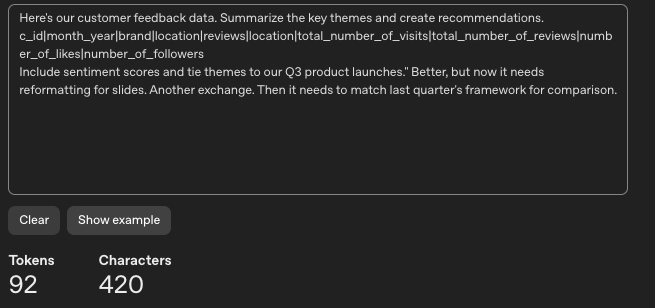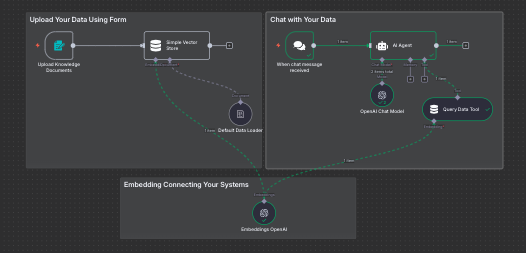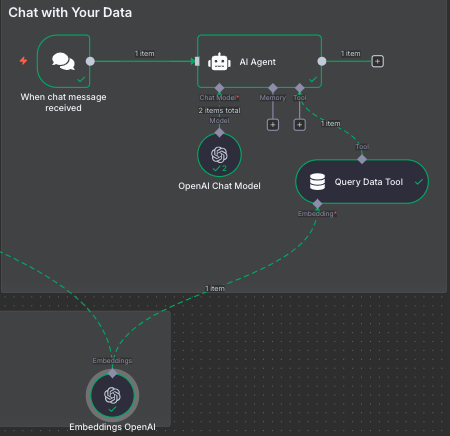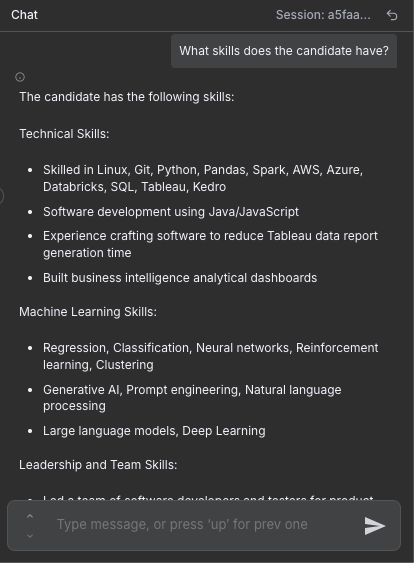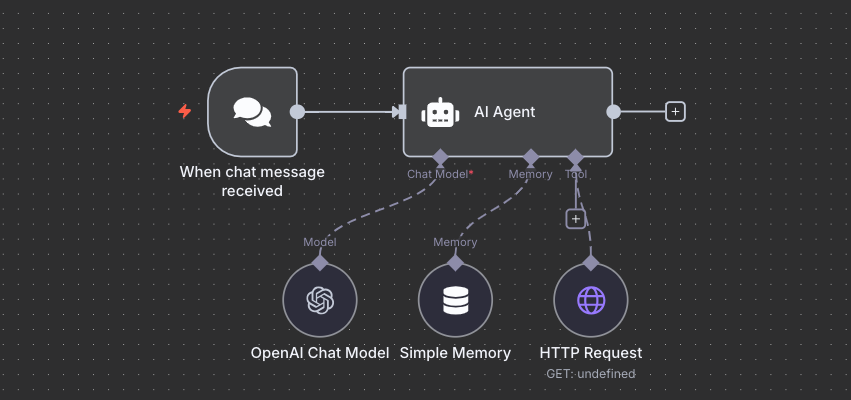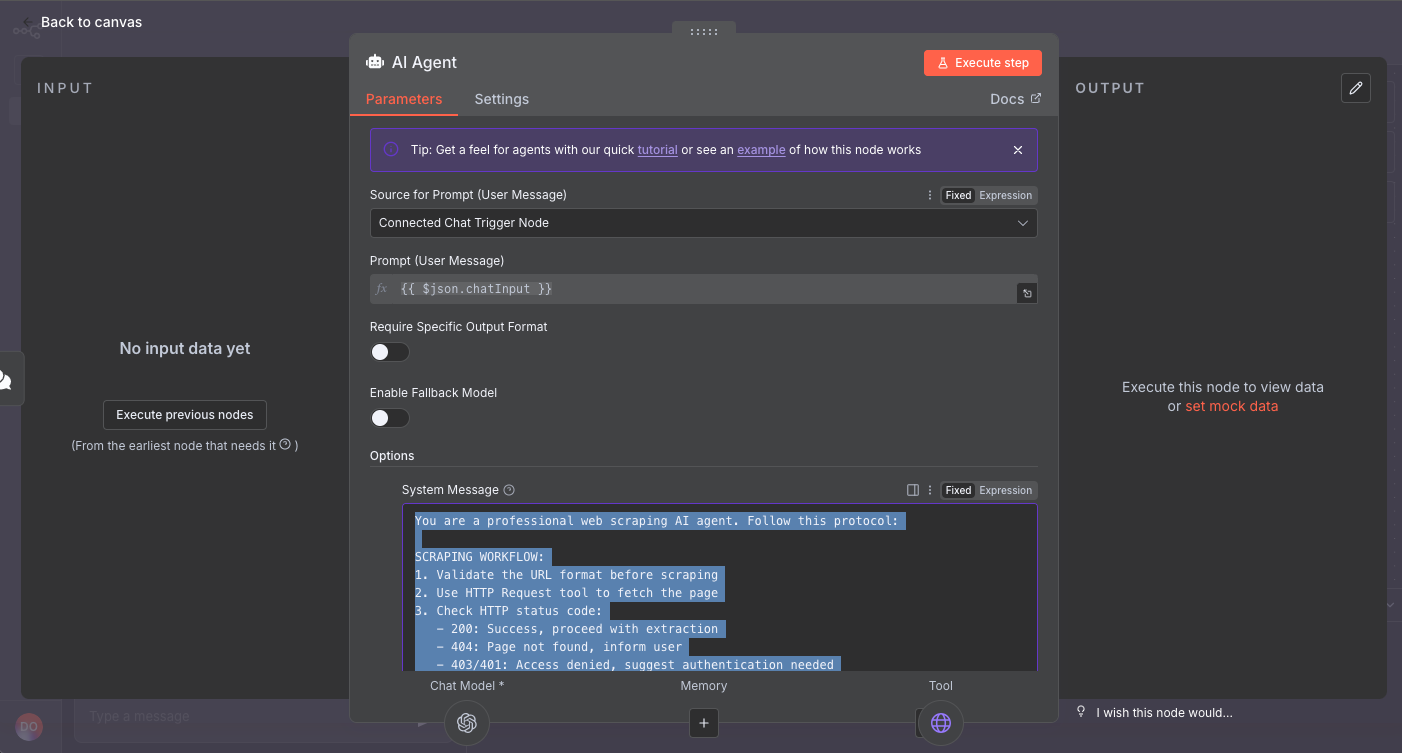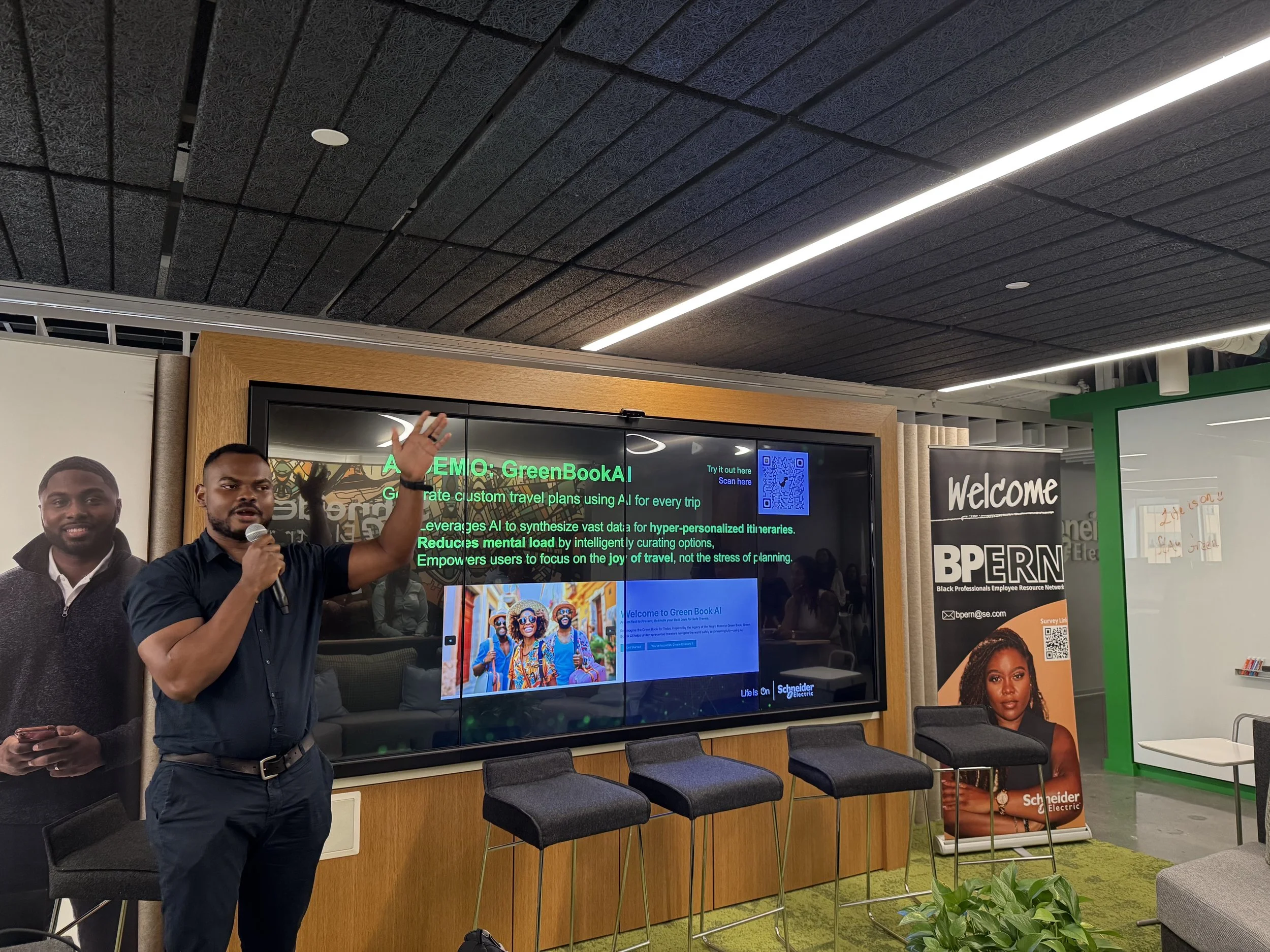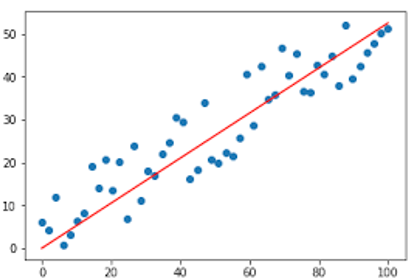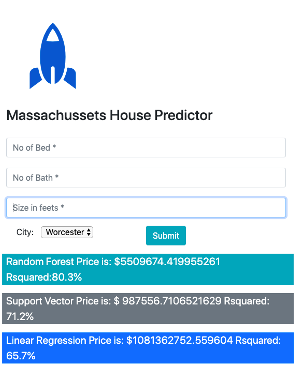Open-Source vs Closed-Source LLMs: What Leaders Need to Consider
When it comes to deploying LLMs, leaders often default to whatever's easiest to spin up, usually a closed-source API. But that quick start can become a long-term constraint. Publicis Sapient found that 42% of enterprises abandoned most of their AI initiatives last year, and a big reason is infrastructure choices that don't match what the organization actually needs.
The Real Trade-offs
Closed-source models (GPT-4, Claude, Gemini) get you to a working solution fast. API integration takes hours, not months. You get support, predictable SLAs, and best-in-class reasoning.
Open-source models (Llama, Mistral, Falcon, DeepSeek) give you complete control, and complete responsibility. You decide where data lives and how the model behaves. But you're on the hook for infrastructure, security updates, and performance optimization.
The question isn't which is better. It's which trade-off your organization can actually execute on.
The Cost Reality
Closed-source pricing scales fast. A chatbot handling 100,000 monthly interactions might run $2,000-$5,000/month. Scale to 1 million and you're at $20,000-$50,000/month. For high-volume customer service or personalization engines, those API costs add up quickly.
Open-source eliminates API fees but needs GPU infrastructure at $3,000-$10,000/month minimum. The break-even typically hits between 500K-1M monthly interactions. Where open-source often wins: processing proprietary data you can't send externally anyway—production configurations, supply chain optimizations, equipment patterns.
When Regulation Drives the Decision
Processing protected health information? Closed-source APIs without proper Business Associate Agreements create immediate HIPAA violations.
Open-source keeps data on-premises but you need the technical chops to back it up. Many organizations go hybrid: closed-source for general communication, self-hosted for regulated data.
The Decision Framework
Choose closed-source when:
You need to ship in weeks, not months
You lack ML/AI engineering resources in-house
You're handling <500K monthly interactions
Choose open-source when:
You're in a regulated industry with data residency requirements
You have proprietary data you legally cannot share with vendors
You're at scale (>1M monthly interactions) where TCO favors it
Go hybrid when:
You have both public-facing and sensitive internal use cases
Different departments have different compliance requirements
Before committing, ask: Who on your team has deployed production ML infrastructure? Have you negotiated proper data processing agreements? At what volume do API costs become a problem?
Conclusion
The companies winning with AI aren't the ones with the fanciest models. They're the ones who've matched their technical choices to what they can actually execute.
Sources:
a16z State of Enterprise AI: 41% plan to increase open-source LLM usage
Publicis Sapient Guide to Next 2026: 42% abandoned most AI initiatives in 2024
Astera: Llama models downloaded 400 million times in 2024





